|
One of the things I love to find in the forest are the signs and tracks of the critters that have walked there before me--and then, relatively recent. Upstate New York's forest still teem with many type of animals, with some species making an incredible comeback over the past few decades to include the wild turkey, fisher cat (which is not a cat but a part of the weasel family), and the bobcat. So here's a sample of some signs and tracks of what's in the backyard (in some cases, literally).
0 Comments
Your comment will be posted after it is approved.
Leave a Reply. |
Categories
All
|
- Ryland Creek
- About The Ryland Creek Novels
- Buy the Ryland Creek Saga: Print Books
- Buy the Ryland Creek Saga in E-Book
- The Ryland Creek Saga in Audiobook
- Blog: In a place called Painted Post
- Reader Reviews for The Ryland Creek series
- Meet the Author:Joseph Gary Crance
- An Ode to Painted Post
- The Magical Realism of the Ryland Creek Saga
- Other local authors
- Contact
- Leave A Reader Review
- Ryland Creek
- About The Ryland Creek Novels
- Buy the Ryland Creek Saga: Print Books
- Buy the Ryland Creek Saga in E-Book
- The Ryland Creek Saga in Audiobook
- Blog: In a place called Painted Post
- Reader Reviews for The Ryland Creek series
- Meet the Author:Joseph Gary Crance
- An Ode to Painted Post
- The Magical Realism of the Ryland Creek Saga
- Other local authors
- Contact
- Leave A Reader Review
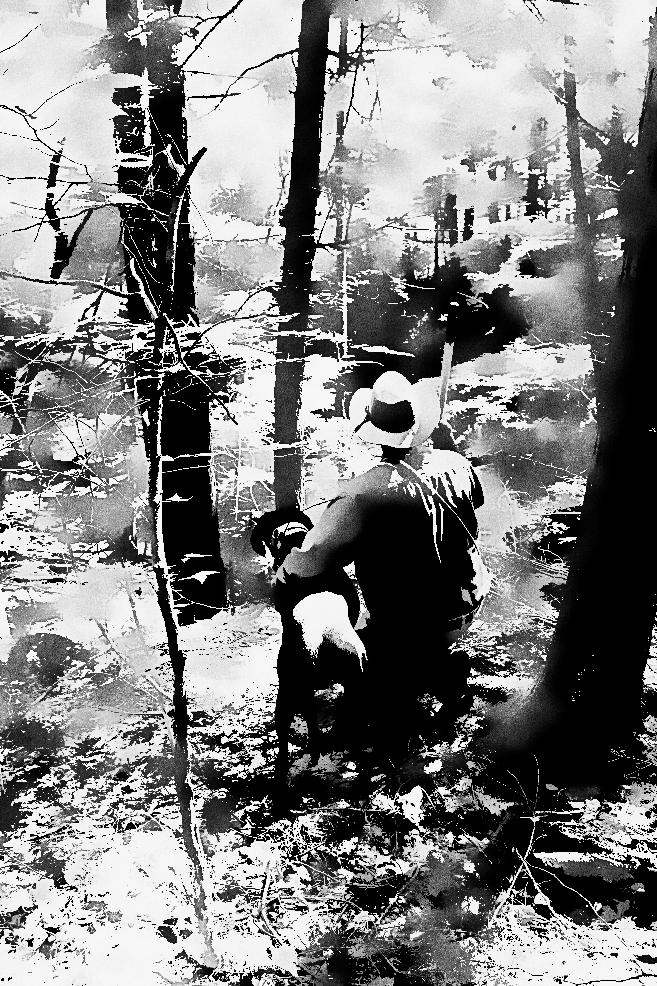
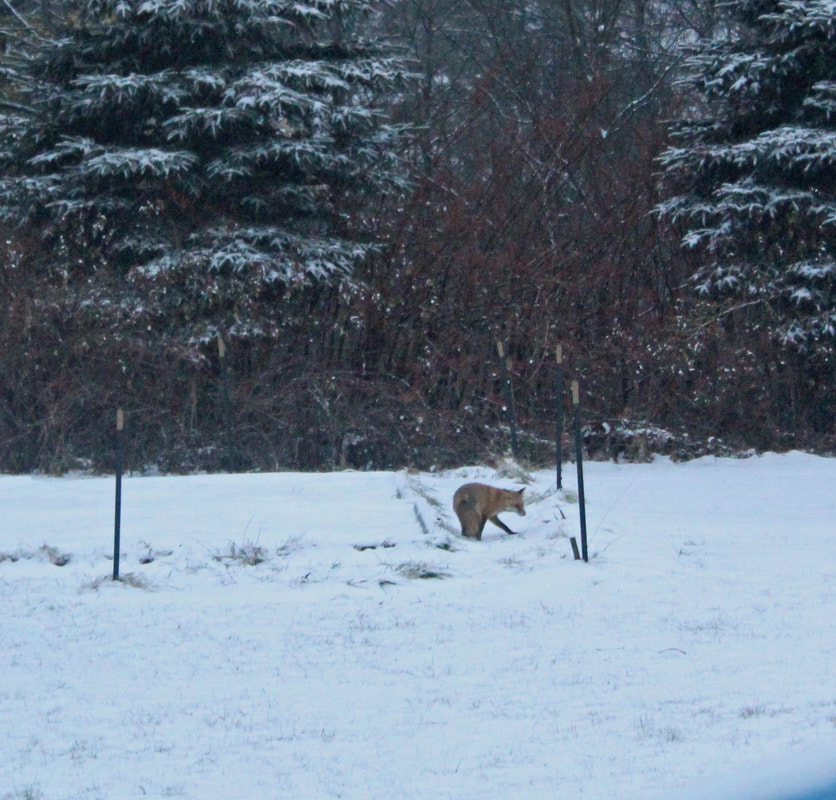


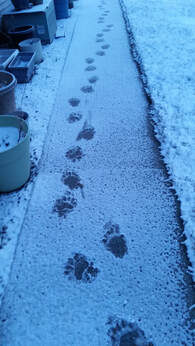

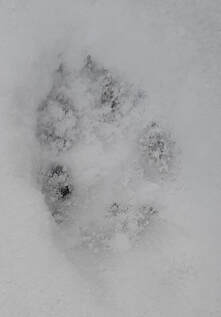
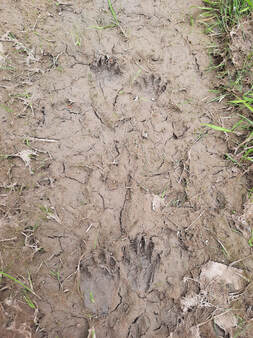


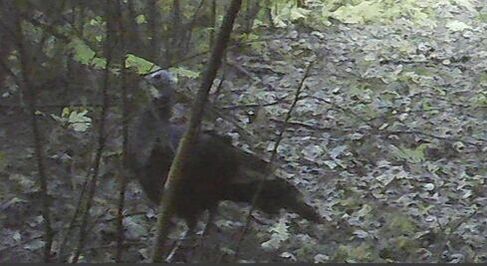
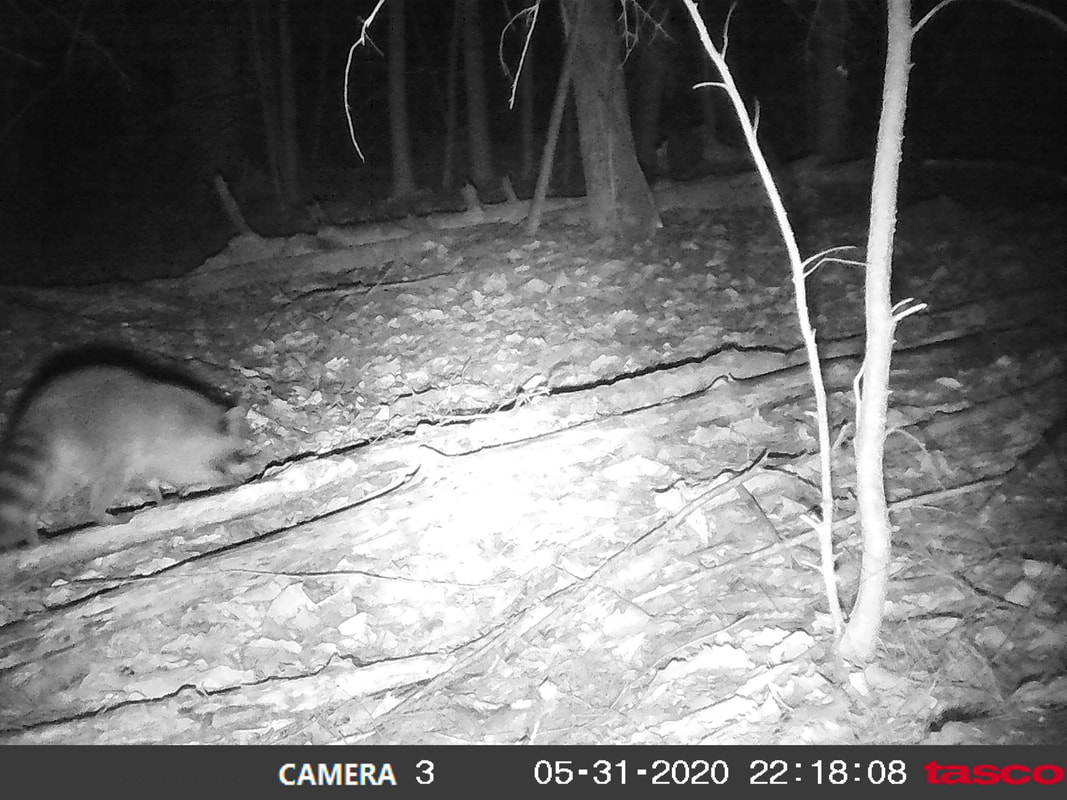
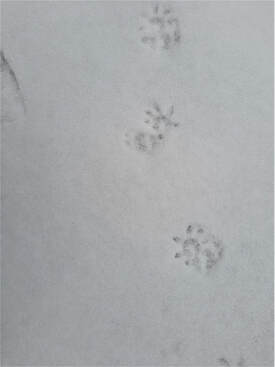
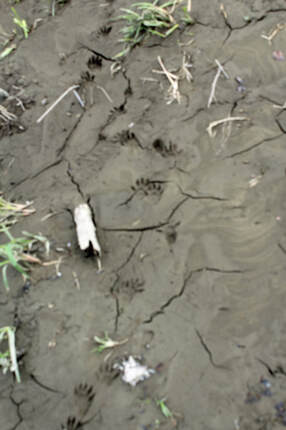
 RSS Feed
RSS Feed